MARKETING
Alternative Search Engines: Why They Matter and How to Rank on Them

The author’s views are entirely his or her own (excluding the unlikely event of hypnosis) and may not always reflect the views of Moz.
12 billion, 3 billion, 1 billion. That’s the number of searches made in some of the top alternative search engines monthly.
While Google still holds more than 80% of the market share, ignoring search engines such as Bing, Yahoo, and DuckDuckGo can make you lose out on relevant traffic. So don’t limit yourself to Google’s algorithm as you plan the next year’s SEO strategy.
In order to grow in the digital economy, we have to diversify our efforts. What better way to do that than by making sure that you rank on all the top search engines relevant for your audience?
Generally, there’s two reasons why your audience would choose an alternative search engine over Google: geopolitical reasons and/or privacy concerns.
As such, I’ve categorized the search engines below by global market share and by data privacy.
Top alternative search engines by global market share
When analyzing the global desktop market share of search engines throughout the last decade, there are a few small but mighty search engines that stand out. These are:
1) Bing
2) Yahoo
3) Yandex
4) DuckDuckGo
5) Baidu
These are the engines you want to give extra consideration if you intend to expand internationally. They all have their own unique search algorithms that are in many ways as complex and developed as Google’s.
Why they matter and how to rank on them
If you’re like me a few years ago, a die-hard Apple fan remarkably repulsed by Microsoft’s products (I’ve now converted to the seamless team of PC), you might think prioritizing resources to optimize content for Bing or other engines is a waste of time. What I failed to consider then, and what you might be overlooking, is geographic segmentation.
Do you want to reach the American audience using voice search? Consider Bing.
Are you expanding into China? Check out Baidu.
Each search engine matters because of its unique user types. Regardless of how small that market share might look on a global scale, if there’s regional search volume from your target audience, it’s worth the optimization.
Let’s go through them one by one.
Bing and Yahoo

Since 2018, Yahoo is exclusively powered by Bing Search. So as long as you rank in Bing, you’ll rank in Yahoo.
Bing Search, in combination with Yahoo, is without a doubt the strongest player after Google. Together, they have more than 10% of the global market share for desktop.
Now, some say that Bing’s market share will increase due to mergers and acquisitions, while others argue for its decline due to the death of Internet Explorer.
Still, all Microsoft browsers, such as Microsoft Edge Legacy and Chromium-based Microsoft Edge, have Bing as the default search engine, making Bing Search the natural choice for Microsoft product users. Yahoo, which is powered by Bing Search, is the default search engine for Mozilla’s browser Firefox, adding billions of impressions to Bing’s search results each year.
If we look at the United States alone, Microsoft sites own over 18% of the market share.
This is much due to their partnership with Amazon, where all voice-activated searches on Amazon Echo and Alexa are made with Bing Search.
Microsoft also pushes Bing further by offering easy rewards for searches and more advanced image search capabilities than Google.
Although the algorithms differ, optimizing for Bing search results is not much different than optimizing for Google. With a bit of fine tuning, it’s more than possible to come up with a strategy that allows for high rankings on both.
To rank on Bing, and thus Yahoo, make sure to do the following:
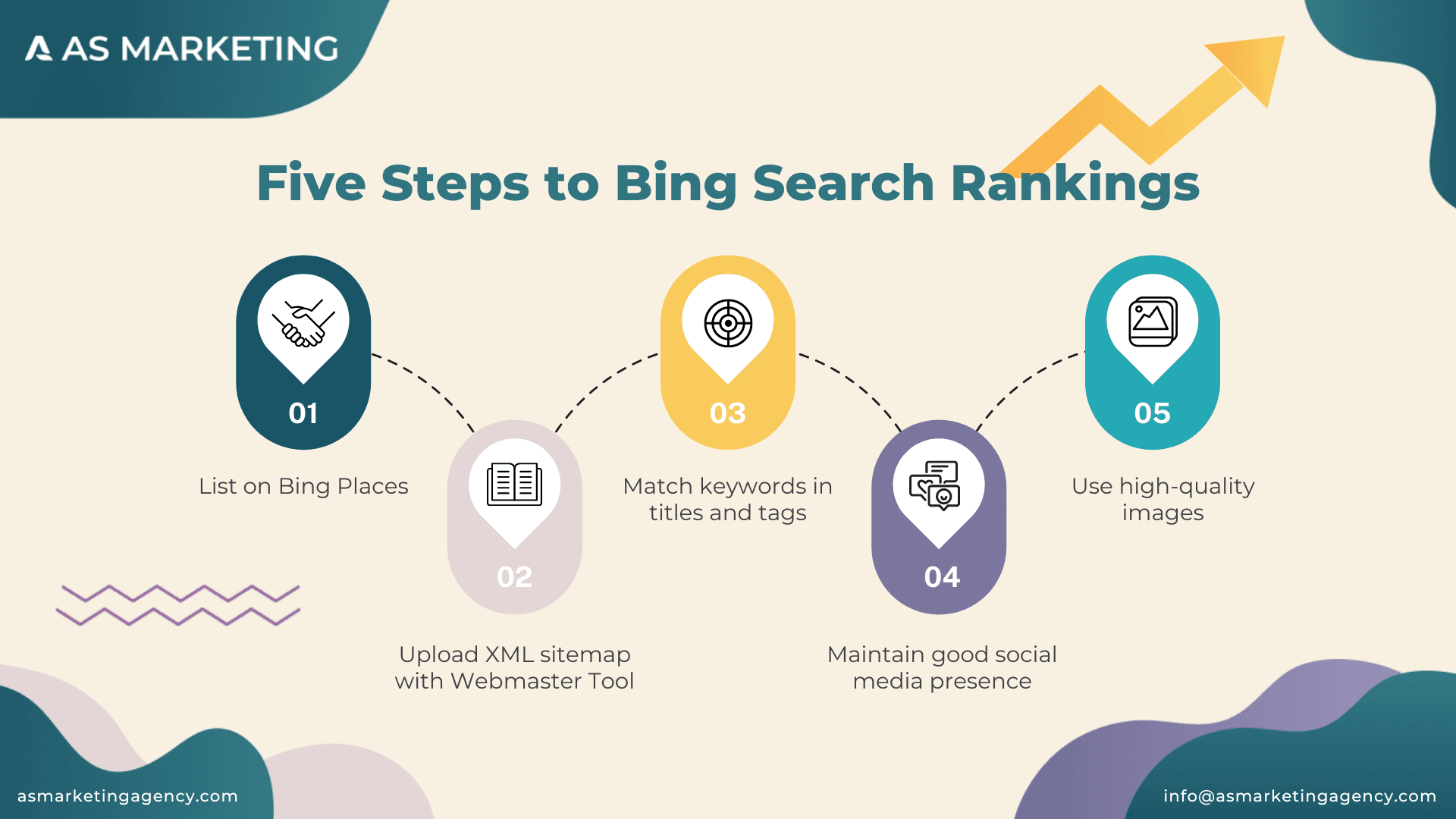
1. List your business on Bing Places
Bing Places is the equivalent of Google My Business and is the fastest way to get your business ranking for local seo. Many even consider Bing Places to favor small business owners as Bing puts their information more prominently on display.
2. Upload an XML Sitemap using Bing’s Webmaster Tools
While the debate on how much sitemaps really do matter for Google SEO continues, uploading one with Bing’s Webmaster Tool for XML Sitemaps allows the algorithm to better categorize and manage your content, making it more visible and relevant to the search audience.
3. Match keywords in your content
Check that the exact keyword match can be found in your page titles, meta descriptions and overall content. It’s known that the impact of on-page tactics as a ranking factor is much greater in Bing than Google.
4. Keep your social media profiles up to date
Go social! Bing considers your social media presence more than any other search engine. The Webmaster Guidelines specifically states that Bing considers social signals from third-party platforms to rank your content. Bing might even extract certain information directly from your Facebook company page to your Bing Places display.
5. Use high-quality images to enhance your content
Bing’s image search is much more advanced than Google’s. If you want your landing page to rank, add high-quality design assets to showcase your offerings. If you want your blog to rank, attach too-long-to-read infographics to highlight your points. Like the one above.
Yandex
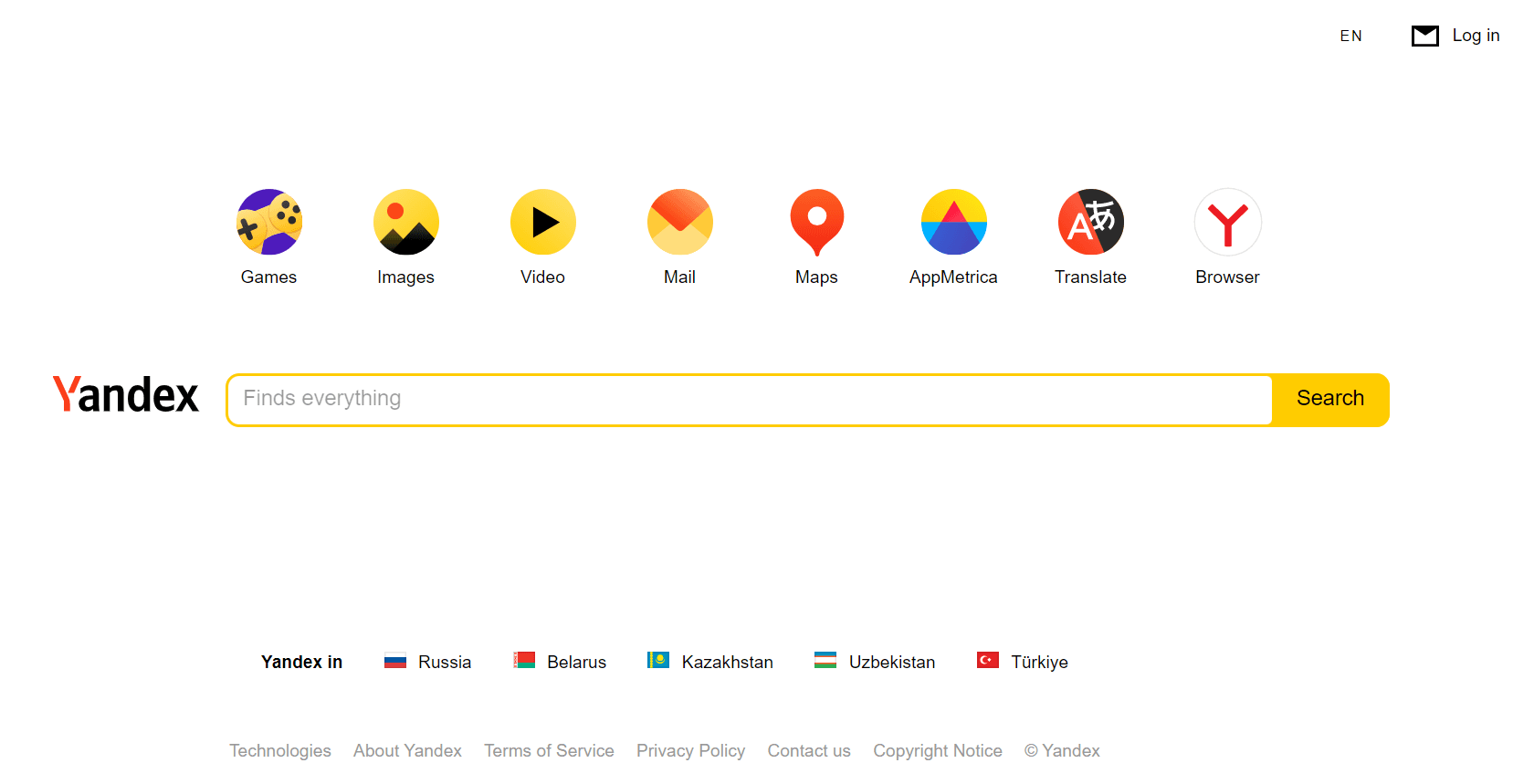
Second to Bing is Yandex, having a total of 1.5% of the market share in global desktop search.
While it looks a lot like Google, its algorithm is different in many ways. Most prominent is the way Yandex indexes pages. Unlike Google’s almost continuous indexation, Yandex indexes pages sporadically. That means that you might have to wait around for a while before your site shows up on Yandex.
Despite this, it is still possible to rank on Yandex. You just need to have a bit more patience.
While waiting for your site to be indexed, take a look at the following:
1. Focus on tags over internal site structure
According to The Ultimate Guide to Yandex SEO, your header tag, title tag and slug are way more important than your internal site structure. In fact, it was only recently that Yandex started to support hreflang tags. Before that, Yandex only allowed the <head> hreflang implementation.
2. Consider search intent to rank
Some argue that Yandex meets search intent better than Google. The modern ICS score, which replaced the Thematic Index Citation, is determined by how relevant a site is to the query. Yandex uses its own version of expertise, authoritativeness and trustworthiness (E-A-T) test to determine relevance.
3. Eliminate toxic links
Many do not know this, but Yandex was actually the first search engine to roll out a link-based algorithm. Already in 2005, 7 years before Google’s Penguin algorithm, Yandex introduced the Nepot filter, which specifically looked at the impact of toxic link exchanges and spam links.
Baidu
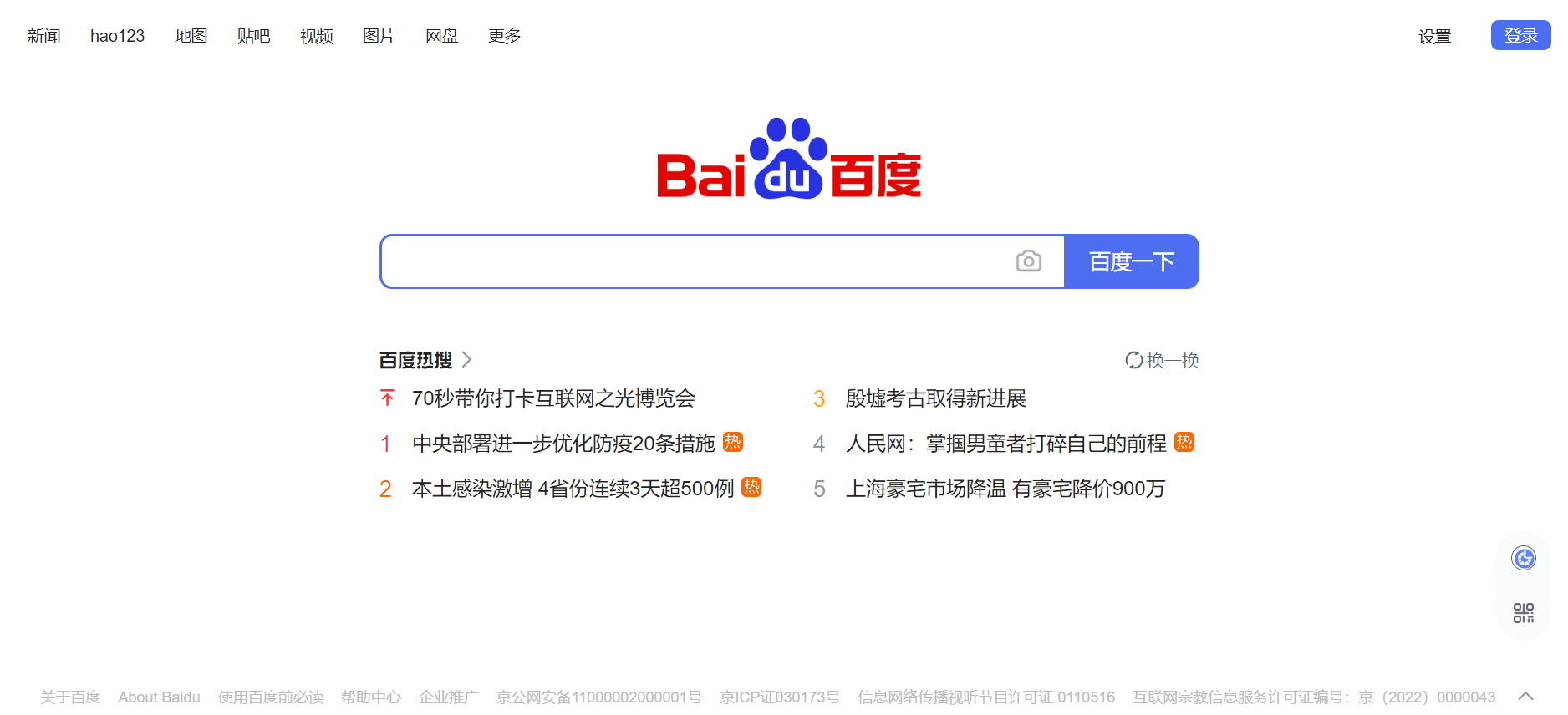
With over 3 billion searches daily, Baidu is the Google of China. If you want to do business in China, it’s the place to be.
While the site is available worldwide, the site predominantly favors simplified Chinese. So before taking any other steps, hire a native speaker to help you along the way. To win at global, you have to ditch translations.
Here’s a few steps to get your content ranking.
1. Localize your keywords and content appropriately
As with all multilingual SEO, you need to work with a native language expert to ensure proper keyword localization and content optimization. If your site experiences high bounce rates, Baidu will tank your rankings immediately. As with any search experience, localization matters.
2. Position relevant content and keywords to the top of the page
Baidu favors a completely opposite layout than the Westernized one. The sooner you get to the point the better. Therefore, it is important to position your keywords as early as possible in the text and introduce all relevant content already in the top of the page to rank.
3. Obtain a verification level and get certified
By registering and paying a small fee you can obtain a verification level to improve your domain authority and rankings on Baidu. If you want to secure top ratings, you can get certified and obtain an ICP license, which is much more difficult than getting verified.
Top alternative search engines by data privacy
While most of the search engines mentioned above are tied to big corporations or political forces, global initiatives are setting the stage for more privacy-focused search engines. Among these is DuckDuckGo, the forefront runner with over 130 billion searches processed since launch.
Why they matter and how to rank on them
In many ways, the movement is a response to Google’s invasiveness on privacy. Many are fed up with how they are capitalizing on personal data and controlling the narrative with targeted search.
On a macro scale, the European Union continues to protect data privacy with strict GDPR regulations and the California Consumer Privacy Act indicates similar trends for Americans.
From a micro perspective, documentaries such as The Great Hack shine a light on how global companies monetize on personal data. As a result, privacy-safe search engines continue to rise.
If you’re working for an innovative SaaS startup, there’s a high chance your ideal customer persona is using one of these search engines.
Let’s go through how you rank on DuckDuckGo and two alternative equivalents.
DuckDuckGo

Screenshot of duckduckgo.com, November 2022
DuckDuckGo aims to make your search experience as simple and true to its cause as possible, i.e. no tracking for personalized search results and filter bubbles. Instead it uses semantic search to determine search intent for your queries from over 400 sources.
Consequently, this attracts tech-savvy experts with a lower bounce rate. Once they commit to a search, they stay.
Here’s how to optimize for it:
1. Sharpen Your User Experience
UX continues to make an impact on SEO, not to mention for DuckDuckGo. Make your content easily scannable and stay away from intrusive pop ups that harm your users’ experience and ease of navigation.
2. Focus on High-Quality Backlinks
As with any SEO, high-quality backlinks play a huge role for ranking. If you already have a solid backlink profile from your Google strategy, you should be good to go. If your backlink profile has a high level of toxicity, do some cleansing.
3. Rethink Local SEO
Since there’s no location tracking available for searches, location-specific searches such as “services near me” don’t work. If you like to rank for these types of searches, include a specific location in your keyword strategy. Otherwise, you won’t be able to optimize for local seo.
Startpage
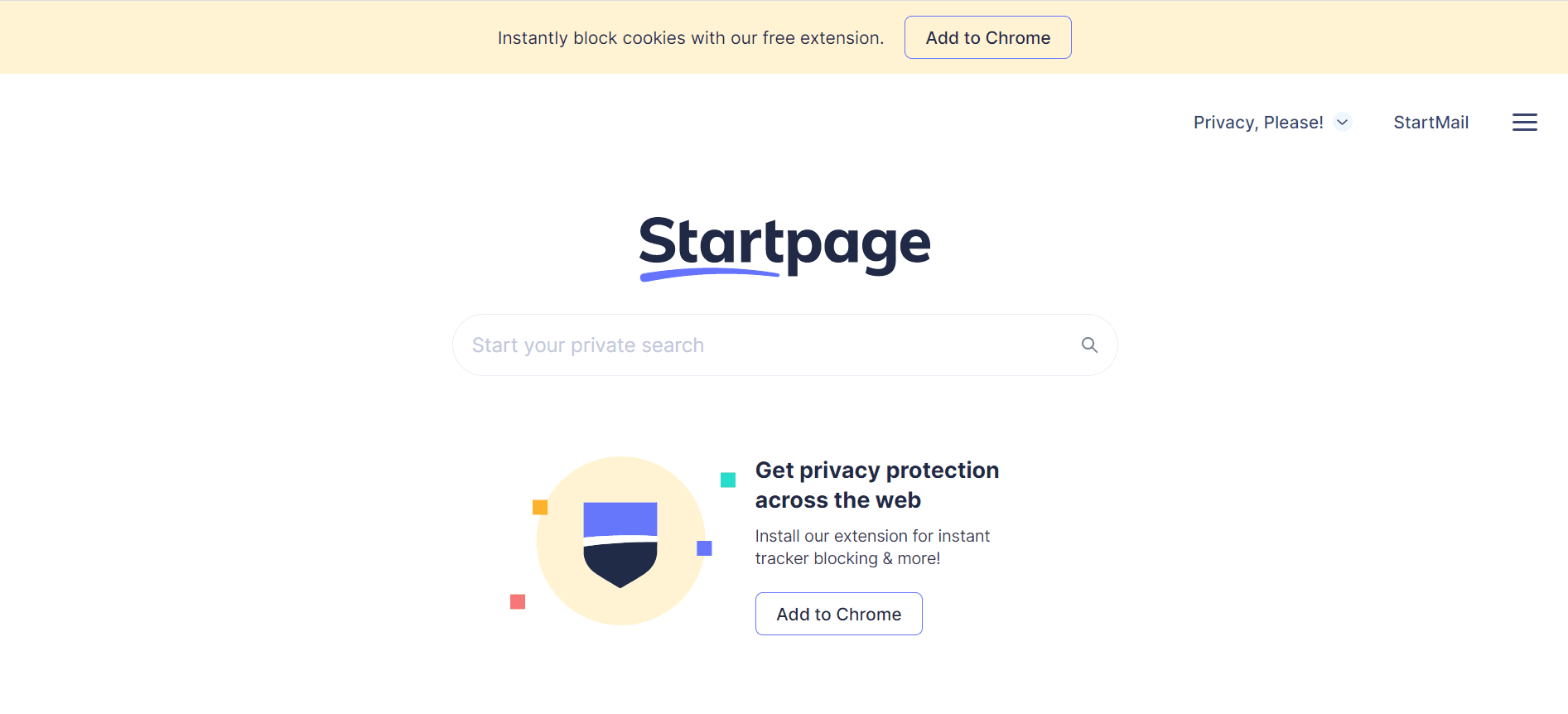
Startpage could be my personal favorite among the alternative search engines. It basically is Google without the tracking.
And while many consider DuckDuckGo to be the forefront runner of the privacy-focused search movement, many forget how Startpage ‘blazed the trail in 2006’. Offering a search experience without IP recording or tracking back when it was more or less unheard of. Now, it is the common denominator among all privacy-safe search engines.
So, how do you rank in Startpage? Simple. You rank in Google.
SwissCows
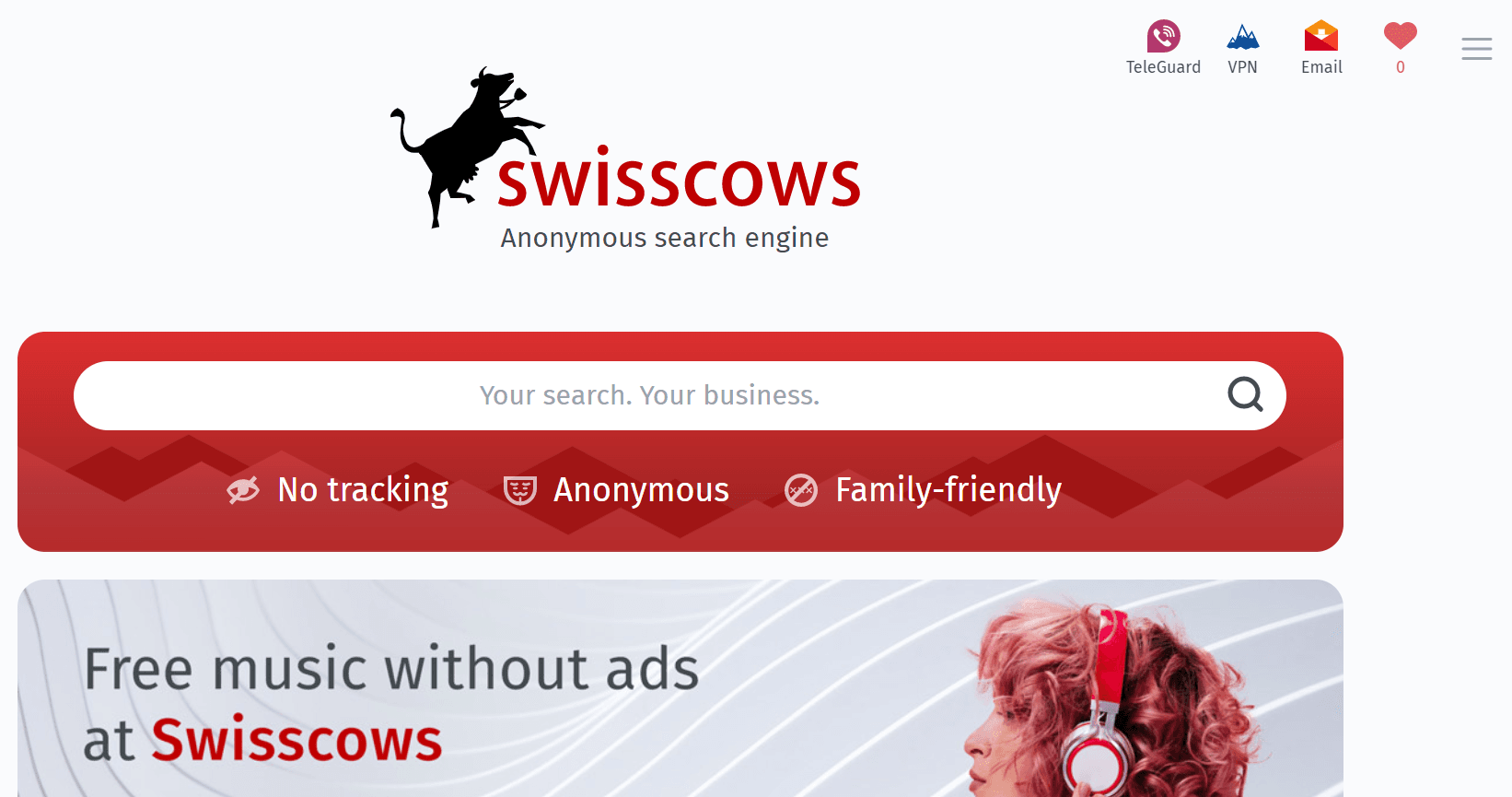
There are many more privacy-safe alternatives to search engines than the two mentioned above. Perhaps one without equal is SwissCows – a search engine that prides itself on being the only family-friendly, privacy-safe semantic search engine available on the web.
This means that any intrusive search results, like adult entertainment or offensive content, is naturally censored from the search results. At the same time, they never store any data nor track user specific information.
SwissCows SERPs bring up organic results and paid ads directly from Bing so in order to rank in SwissCows, you need to rank in Bing. Just make sure to omit any content that’s not PG-13.
What do they all have in common?
In the end, none of these alternative search engines can replace Google. As an SEO, I’ll never advise starting out with anything other than a Google strategy.
But when you are ready to branch out and extend your reach, give these alternatives a try. Analyze where your target audience hangs out and optimize thereafter.
Many of the privacy-focused search engines require little optimization as they pull their search results directly from other sources anyways. Simply do a quick check to see how you rank on each one.
And who knows, perhaps Microsoft will continue to steal more of the global search landscape. If that happens, you’ll be there — ranking in first position, ready to reap the rewards of your diversified efforts in an ever-changing search landscape.


















You must be logged in to post a comment Login